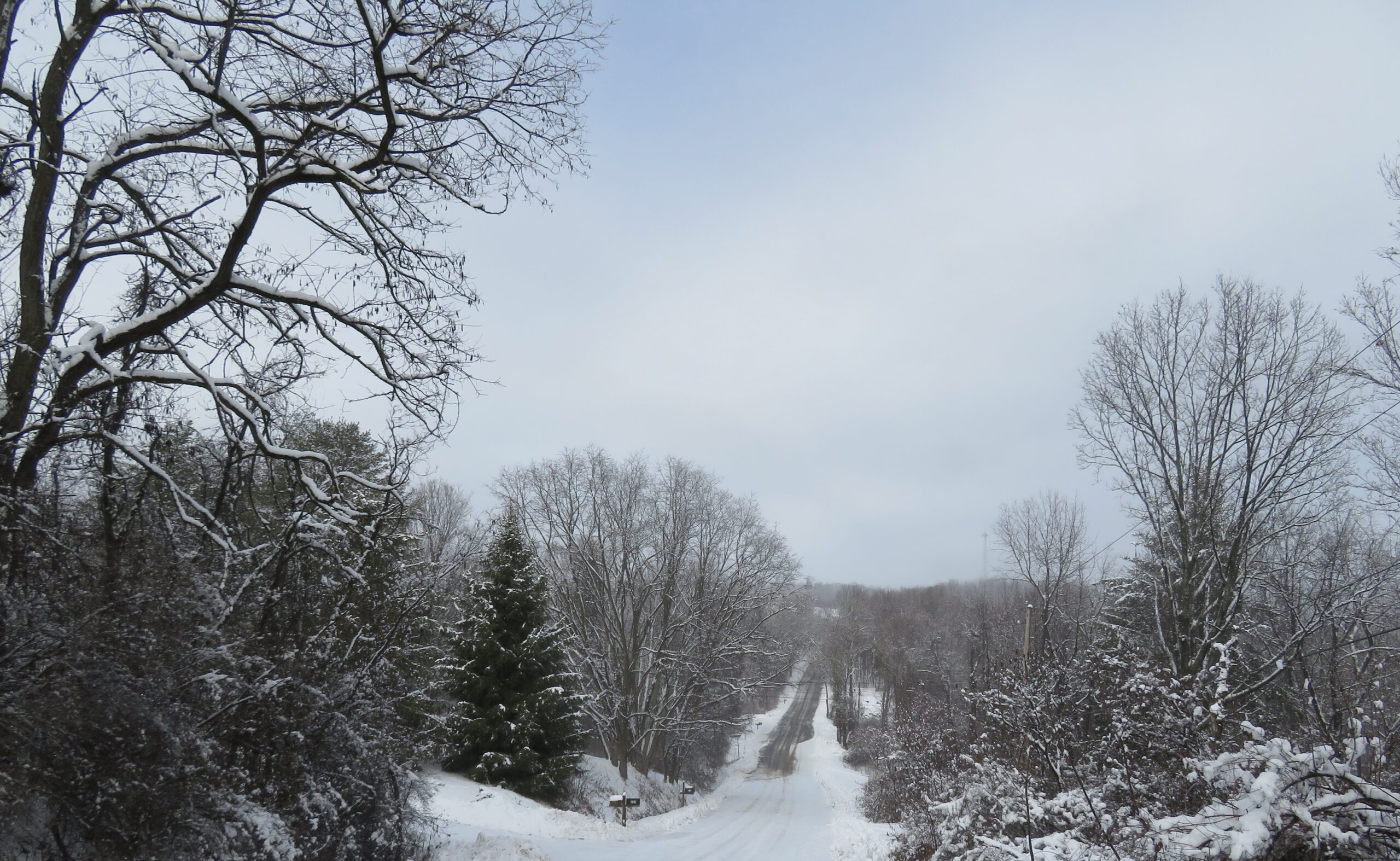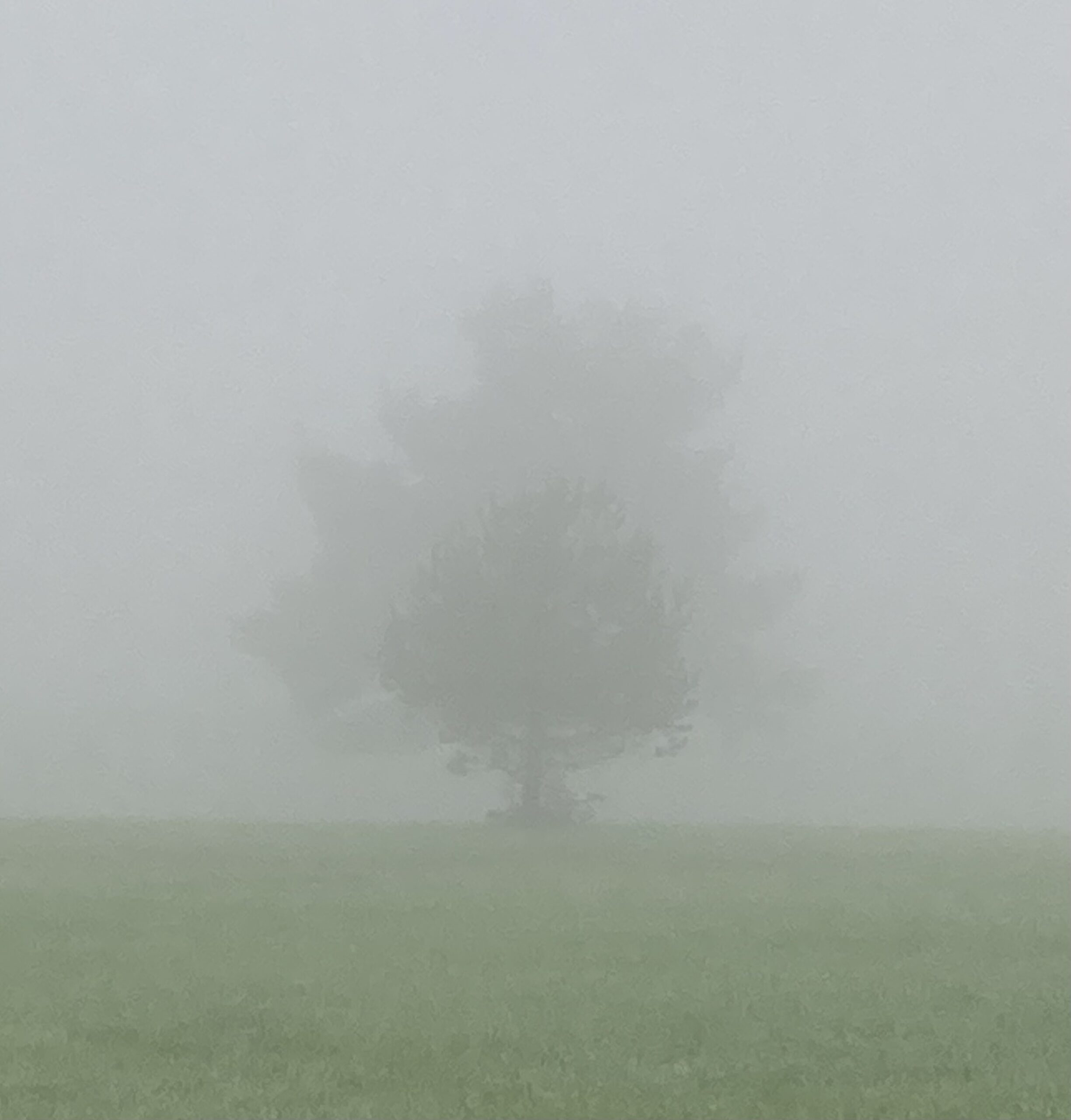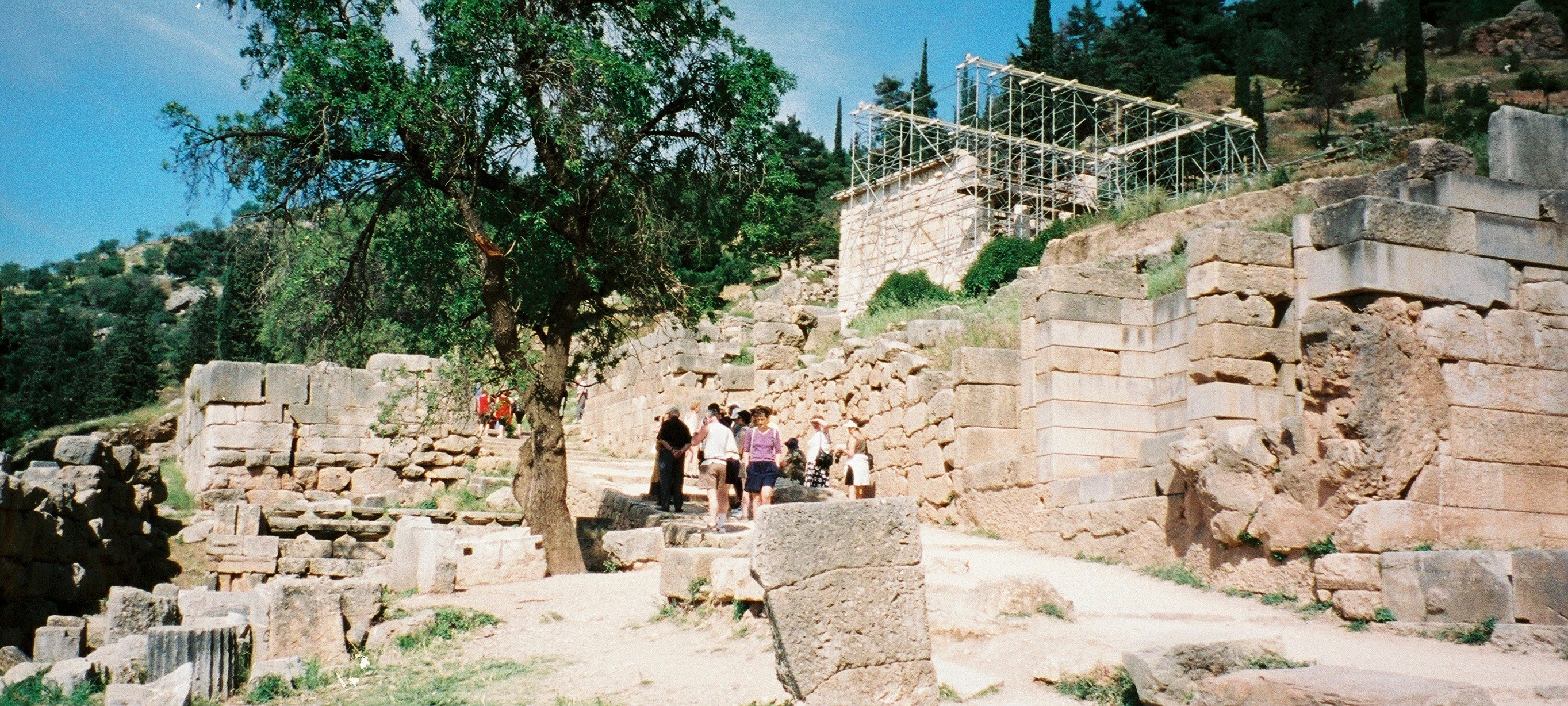How do you get students to formulate and raise their own questions and take a more active part in a class? This question is being asked by many university professors as well as secondary school teachers.
With students in K-12 being subjected to more testing, and college age students pressured by debt and expectations to be productive right away, or to graduate as soon as possible, the stakes are raised, pressure increased.
When students arrive in a class, they have expectations of what will happen. They give teachers, to a large degree, what they were taught to give. When students resist active questioning, one culprit is obviously previous learning environments where learning was more passive, rote, or simplistic.
When I was teaching, my solution was to ask questions of students right away so they would get used to living with questions. I asked what they wanted to learn, what interests and questions they had related to the course. The courses themselves were structured around questions and assessments about answering them. When possible, I gave them choices in assignments and projects in order to get them to engage more actively. I would relate, or ask them to relate, big questions or material in the course to their own lives, other historical times and places with their time and place. If the class was big or most students reluctant to speak up, during a class period I would formulate questions so they could do something simple, like raise their hands to yes-no-maybe questions, or something complex, like reflect in journals on their viewpoints and the implications or possible consequences of those viewpoints
To actively and sincerely question, students need to do at least four things. They need to:
1. Once they get immersed in material and work to understand it, they need to be able to recognize the questions they hold, and the “feel” of a question. Recognizing you have a question has as much to do with emotional awareness and feeling as intellect. You need to recognize the discomfort or inner pressure.
2. Value questions, value your feelings, the course, and feel it is worthwhile to engage.
3. Trust the environment, teacher, themselves. To ask a question or actively engage involves risk. You need to trust yourself and your teacher.
4. Know how to work with discomfort, especially the discomfort of not-knowing. People often want to turn away from discomfort, risk, threat, whether it is external or internal. But to question, you must go directly toward discomfort.
Some people think a question is a sign of ignorance. Actually, it’s a sign of strength. Recognizing you have a question or that there is a question is recognizing your knowledge or understanding is incomplete. A question is halfway to an answer. It is an insight, a moment of waking up, of increased awareness, when something unconscious becomes conscious. It is an epiphany, requiring unconscious synthesis. As such, it is delicate. It needs to be treasured. Instead of punishing lack of insight, enjoy insight. You reinforce it by valuing it; you open to it by enjoying it.
To get students to question means getting them to let go of prior understandings and recognize what they don’t know. They need to be able to let go of what is comfortable, old, unexamined to let in what is new and reasonable. So, to teach questioning, you need to teach about the role emotions play in thinking.
What do you do when you’re unsure about what you feel or think, or you don’t know what’s bothering or driving you? How do you improve your ability to listen and hear what you’re saying to yourself, to see, not just look? Interoception is a relatively new word that means “perceiving within,” or hearing your own inner voice. It is crucial for thinking clearly. Mindfulness or learning how to be aware moment-by-moment of thoughts, feelings, and sensations is one way to train interoception.
The teacher is a model for students and so must model listening and questioning and making their thinking process more visible, so student’s can learn how to do the same. When teachers enter the classroom as guides to learning, not know-it-alls; if teachers admit when they lack knowledge and have doubts, students feel more inclined to do the same.
Teach specific questions to ask when you’re discussing a topic or reading a text. The usual favorites are ‘what,’ ‘why’ and then ‘how.’ “What exactly was said? What was the context? What was meant?” And: “Why was it said? What reasons would/did the person give for saying it? What is the proof?” Then: “How did they or would you apply this?”
Teach self-examination and reflection through writing as well as meditation. Self-examination is only as good as your ability to be present with whatever is occurring in each moment, whether it be with others or your own thoughts or feelings. Ask students to pick up a pen and write down exactly what they hear, now, in their mind, without editing. Write even your wonder about what you’re writing. [I recommend the book Writing Your Mind Alive by Linda Trichter Metcalf and Tobin Simon, which describes a practice of revelation and understanding called proprioceptive writing.]
Cultivate joy in the classroom, joy in thinking, creating, and in being together as an intellectual community. This reduces pressure, fear, and increases engagement and thinking. Use meaningful projects to teach and assess instead of joyless exams. You can turn intellectual exercises into improvisation games. For example, show the class a photograph of a few people interacting in public. Ask students to study the photo and then write, “who-what-why:” who the people are, what they’re doing, and why they’re doing what they’re doing. Tell them to simply listen to their first thoughts and let their imaginations work. Or give students a word that easily evokes an archetype, such as ‘no’ or ‘wonder,’ and ask them to say the word to themselves a few times. Then describe an imagined person who this word personifies. Or have students create three people, from three contrasting words, like ‘yes-no-maybe.’ Put these three in a situation and imagine what will happen.
Such exercises can also introduce empathy training. When students learn to understand, care about, and act for the well-being of others they feel cared for themselves. There are many meditation practices to develop empathy and compassion.
Of course, the whole environment of a school can aid or hinder a student’s ability to actively engage with her learning. Democratic schools are an especially supportive environment for questioning and critical thinking because student voices are valued outside as well as inside the classroom.
To question, first listen. To listen, first care. To care—hopefully needs no further reason.
*Photo of Sacred Way in Delphi, Greece.




